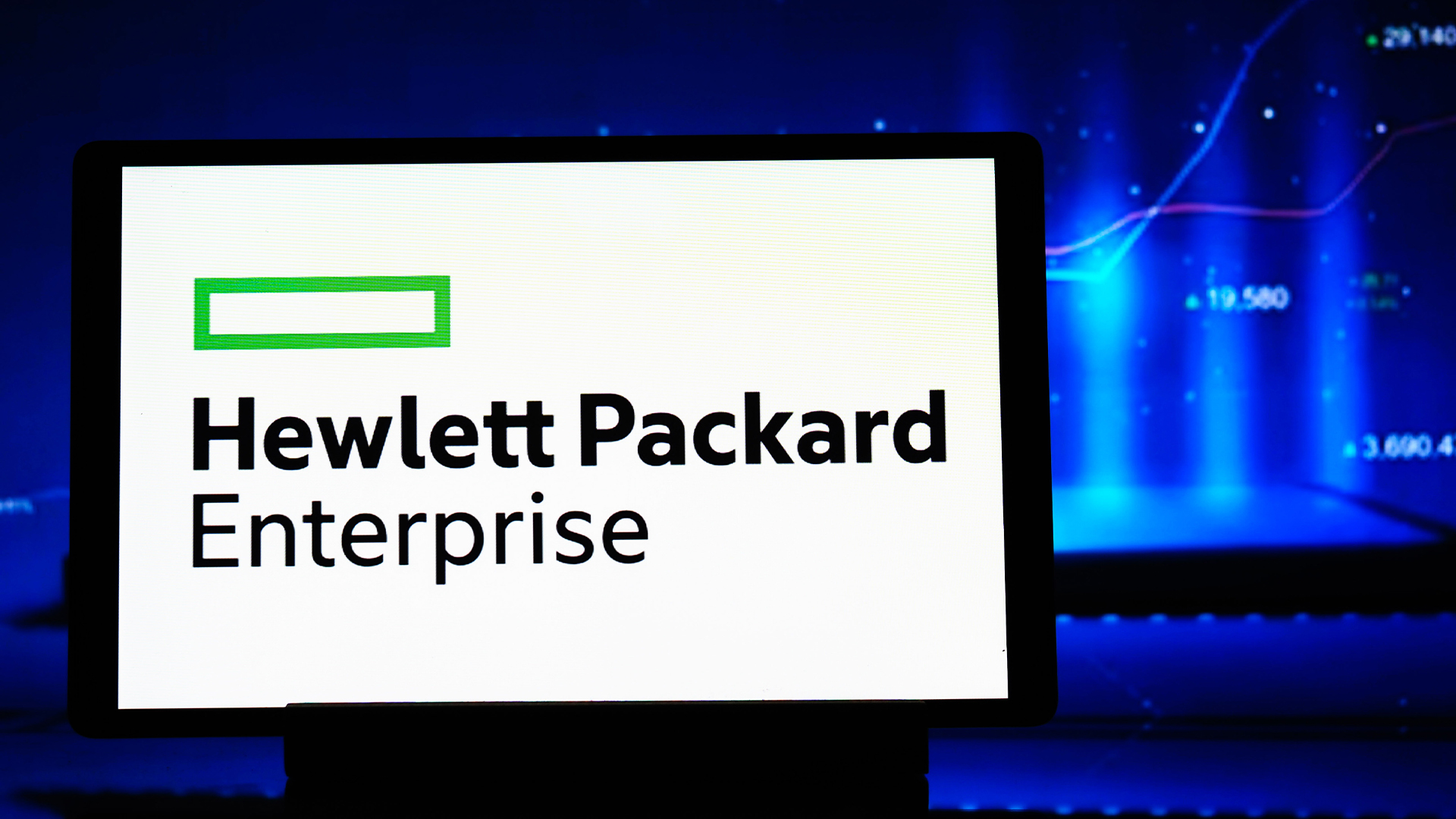What is ‘quiet cracking’ and what can leaders do about it?
The latest workplace phenomenon is being fueled by fears of AI taking jobs and a lack of communication from leaders


Employees are experiencing burnout – and rather than quitting, they’re becoming increasingly unhappy in their roles. Over time, this 'quiet cracking' can lead to disengagement and eventually affect the quality of their work.
The workplace phenomenon was labeled quiet cracking by TalentMS. The talent management software provider found that 20% of 1,000 US workers surveyed in March are experiencing ‘quiet cracking’ on a consistent or frequent basis, while 34% experience it occasionally.
“Unlike quiet quitting, it doesn’t show up in performance metrics immediately. But it is just as dangerous,” noted TalentMS.
Getting to the root of quiet cracking
At the root of ‘quiet cracking’ is employees feeling insecure about their work, whether it’s because of a perceived lack of career progression or worries that AI is going to take their jobs away from them.
These concerns are exacerbated by what TalentMS calls a “managerial disconnect”. Nearly half (47%) of those surveyed said that their leaders don’t listen to their concerns.
While in quiet firing employers make workplaces and jobs intentionally unendurable, in this circumstance leaders could be overlooking factors that are wearing away on their staff.
Combined with job cuts and stagnating wage growth, this insecurity has created “a perfect storm”, says Lucy Bisset, director of recruitment consultancy Robert Walters North. With fewer opportunities in the job market, employees are more inclined to stay in their current roles, even if they have to suffer in silence rather than burn out in view of company leaders.
Sign up today and you will receive a free copy of our Future Focus 2025 report - the leading guidance on AI, cybersecurity and other IT challenges as per 700+ senior executives
“It’s like the workplace equivalent of a hairline fracture,” says Anthony Monks, PR director at B2B tech agency ITPR, who has more than 15 years’ experience in internal communications roles. “You can’t see the damage, but left untreated, it spreads beneath the surface.”
Quiet cracking is all about communication
The problem for leaders is that ‘quiet cracking’ can be difficult to spot. However, some tell-tale signs can include employees gradually becoming less vocal during meetings or choosing to skip team social events.
“‘Quiet cracking’ isn’t a productivity problem; it’s a cultural signal," continues Monks. "Leaders who learn to read it and respond with transparency and care, stand the best chance of keeping their teams aligned before these fault lines deepen."
As for how leaders can support employees who may be experiencing ‘quiet cracking’, it’s all about ensuing they’re being heard. The 2025 Institute of Internal Communication IC Index found that just over half (51%) of UK 4,939 workers feel leaders understand the challenges facing employees — the rate is seven in ten among companies with fewer than 1,000 employees — and only 13% would give their own employer top marks for internal communication.
Leaders need to “build in more meaningful listening – it’s more than just about one-off question-and-answer sessions,” advises Monks. It’s about being present and available for employees who want someone to talk to. Bisset agrees and says that regular one-to-one sessions need to go beyond just simply asking employees how they are. Instead, leaders should be finding out how employees are managing their workloads, whether they’re finding anything difficult, and whether they need any additional support.
Bisset adds that leaders should keep employees updated on company goals and strategy, so that they feel part of the team and connected to the company culture, as opposed to being overlooked and isolated. This is particularly important for remote and hybrid employees.
Art O Gnimh, workplace specialist at Logitech, echoes this sentiment. “A company’s vision and purpose needs to be more than just a poster hung up in the break room; it needs to be repeated and internalized by all. When we connect to why we work, we’re more focused and positive as individuals and as a team.”
Rewarding employee contributions to tackle quiet quitting
Beyond ensuring that employees are being heard, leaders should be creating space for them to grow. This could be through mentorship with senior staff, learning and development programs, and training, suggests Bisset. For example, concerns about AI taking jobs could be turned into an upskilling opportunity to prepare employees for the AI era.
“If employees see you meaningfully investing in their future, they’re going to be more engaged with work as they understand the larger purpose their efforts are contributing to,” says Bisset. “Purpose fuels engagement, and as it becomes more widely recognized, your overall workforce will naturally be at a lower risk of burnout.”
It’s also important that employees’ contributions are recognized and rewarded, she adds. Wins should be celebrated to incentivize employees and boost their morale. Even something as simple as giving them a shout-out in team meetings or allowing them to finish early on a Friday can have a big impact.
Rewarding contributions can help to motivate employees and give meaning to their jobs. After all, they just want to be seen, heard and given the opportunity to grow, says O Gnimh. “Tackling ‘quiet cracking’ is about doing small things regularly; listening well, acting on feedback, and showing you’re serious about growth. This kind of steady leadership can make all the difference.”
Rich is a freelance journalist writing about business and technology for national, B2B and trade publications. While his specialist areas are digital transformation and leadership and workplace issues, he’s also covered everything from how AI can be used to manage inventory levels during stock shortages to how digital twins can transform healthcare. You can follow Rich on LinkedIn.
-
 HPE promises “cross pollinated" future for Aruba and Juniper
HPE promises “cross pollinated" future for Aruba and JuniperNews Juniper Networks’ Marvis and LEM capabilities will move to Aruba Central, while client profiling and organizational insights will transfer to Mist
-
 HPE Discover Barcelona 2025: All the news, updates, and announcements live from Barcelona
HPE Discover Barcelona 2025: All the news, updates, and announcements live from BarcelonaNews ITPro is on the ground in Spain for the European addition of HPE Discover – join our rolling coverage of the event
